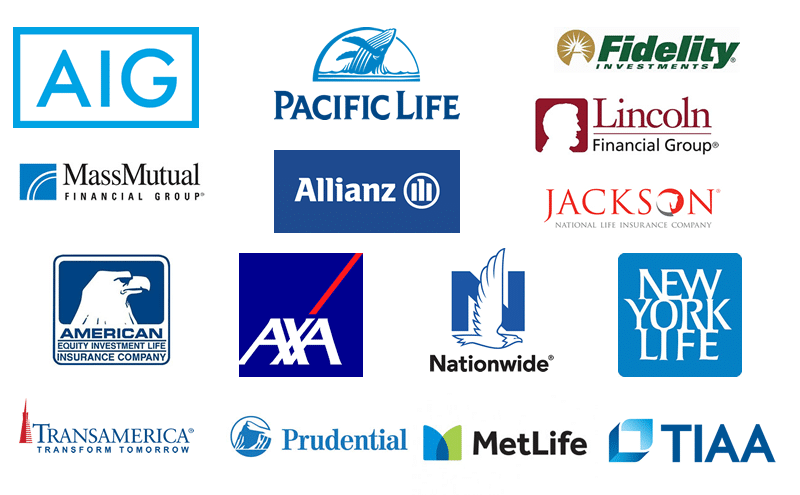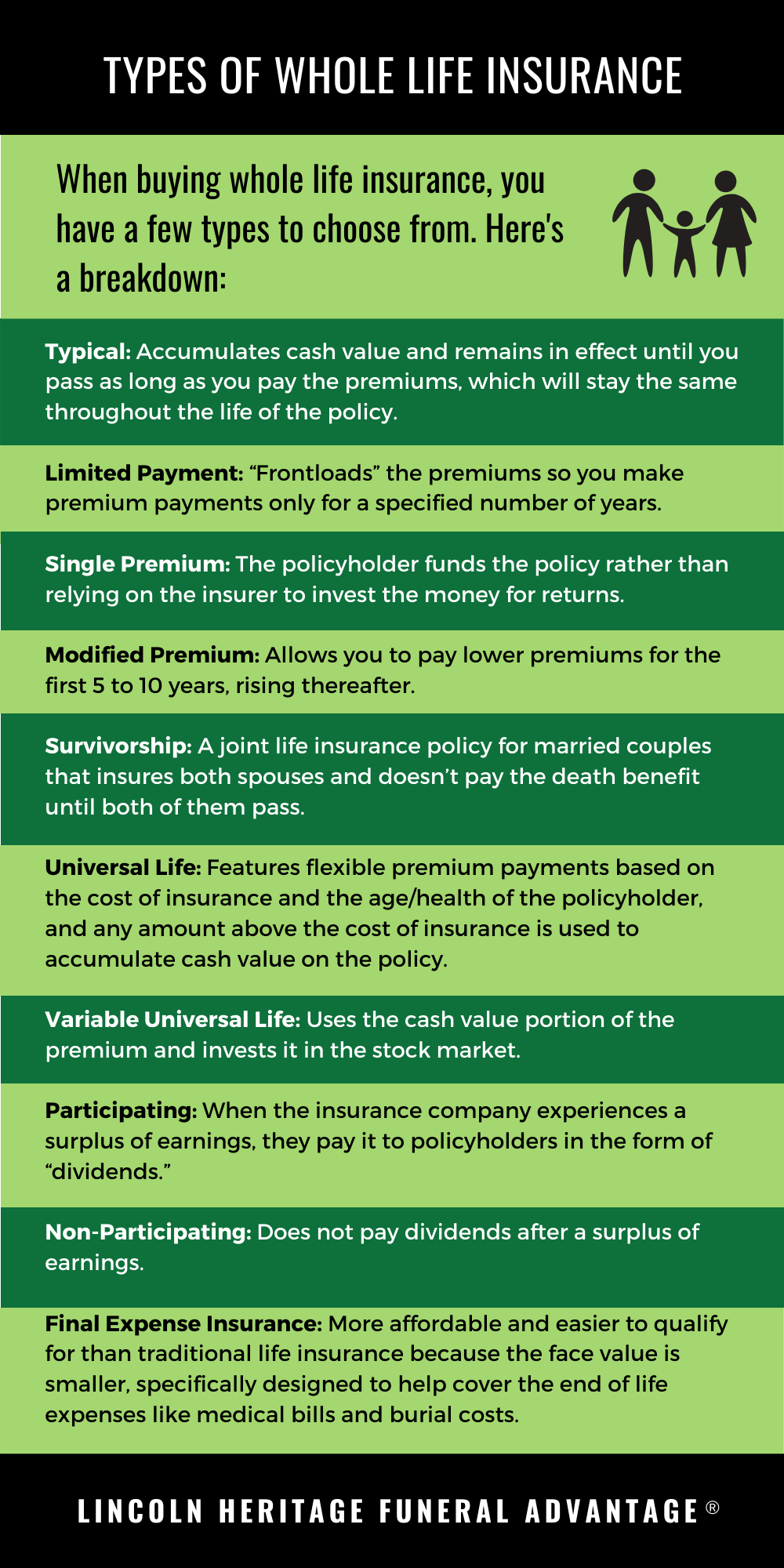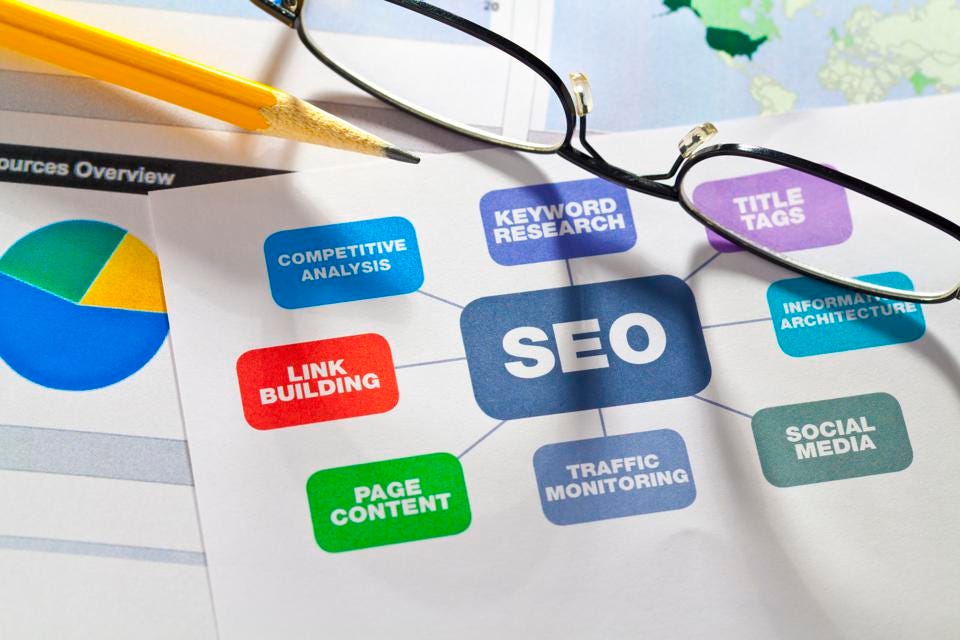What Happens if You Are at Fault for a Car Accident?
Car accidents are stressful enough, but they’re even more so if you’re the one who caused them. In the aftermath of a car accident, it’s important to know what to do and what your responsibilities are. If you’re at fault for the accident, you’ll need to deal with the other driver’s insurance company, your own insurance company, and the police. Here’s what you need to know about car insurance and fault in an accident.
What Happens if You Are at Fault for a Car Accident?
If you are at fault for a car accident, there are a few things that will happen. First, you will need to provide your insurance information to the other driver. You should also get the other driver’s insurance information. Once you have exchanged insurance information, you should call the police. The police will create a report of the accident. This report will be important for your insurance company.
After you have called the police, you should contact your insurance company. Your insurance company will send an adjuster to the scene of the accident to assess the damage. The adjuster will determine how much your insurance will cover.
If you are at fault for the accident, you may be responsible for paying for the other driver’s damages. This includes their medical bills, property damage, and lost wages. You may also be responsible for paying for your own damages.
If you are sued by the other driver, your insurance company will provide you with a lawyer. The lawyer will represent you in court and help you get the best possible outcome.
What to Do After a Car Accident
If you are involved in a car accident, there are a few things you should do:
Following these steps will help you protect your rights and get the compensation you deserve.
How to Avoid Being at Fault for a Car Accident
There are a few things you can do to avoid being at fault for a car accident:
By following these tips, you can help reduce your risk of being in a car accident.
The Aftermath of a Car Accident: Navigating Fault and Insurance
Getting into a car accident is an unsettling experience, and when you’re the one deemed at fault, it can be even more unnerving. The subsequent steps can be confusing, affecting your insurance coverage and legal responsibilities. This article will unpack the complexities of determining fault in a car accident and provide guidance on navigating the aftermath.
Determining Fault
Determining who’s at fault in a car accident isn’t always straightforward. It often involves a complex interplay of factors, including traffic laws, driver behavior, and witness accounts. In the eyes of the law, fault is typically assigned to the party who violates a traffic law or acts negligently, leading to the accident.
Breaking Down Negligence
Negligence is a legal term that refers to a person’s failure to exercise reasonable care, resulting in harm to another. In the context of car accidents, negligence can manifest in various ways. For instance, a driver may be deemed negligent if they:
- Exceed the speed limit
- Run a red light or stop sign
- Drive while intoxicated or under the influence of drugs
- Fail to yield the right of way
- Make an unsafe lane change
- Drive recklessly or aggressively
Proving negligence typically requires evidence, such as witness statements, police reports, or camera footage.
Comparative Fault
In some cases, both drivers involved in an accident may share some degree of fault. This is known as comparative fault. Under comparative fault laws, the percentage of fault assigned to each driver determines the amount of compensation they’re entitled to. For example, if you’re found to be 40% at fault and the other driver is 60% at fault, you could receive 60% of the total damages awarded.
Establishing fault in a car accident can be a complex and time-consuming process. If you’re involved in an accident, it’s crucial to seek legal advice to protect your rights and ensure a fair outcome.
Car Insurance After an At-Fault Accident
If you’re involved in a car accident and you’re found to be at fault, you may be wondering what your insurance policy will cover. The answer depends on the specific details of your policy, but in general, your insurance company will be responsible for paying for damages to the other driver’s car and any injuries they sustained. However, there are some important things to keep in mind.
Insurance Coverage
Your car insurance policy may cover damages in an at-fault accident, but it depends on your coverage limits and policy terms. Most policies include liability coverage, which will pay for damages to the other driver’s car and any injuries they sustained. However, if your policy limits are too low, you may be responsible for paying for any additional damages out of your own pocket. It’s important to make sure that you have adequate liability coverage to protect yourself in the event of an accident.
Bodily Injury Liability Coverage
Bodily injury liability coverage pays for the medical expenses of people who are injured in an accident that you cause. This includes the other driver, their passengers, and any pedestrians or cyclists who may have been hit. The amount of coverage you have will determine how much your insurance company will pay for these expenses. Most states have minimum requirements for bodily injury liability coverage, but it’s a good idea to purchase more coverage than the minimum to protect yourself from financial ruin in the event of a serious accident.
Property Damage Liability Coverage
Property damage liability coverage pays for damage to property that you cause in an accident. This includes damage to the other driver’s car, as well as any other property that may have been damaged, such as a fence, building, or traffic light. The amount of coverage you have will determine how much your insurance company will pay for these damages. Most states have minimum requirements for property damage liability coverage, but it’s a good idea to purchase more coverage than the minimum to protect yourself from financial ruin in the event of a serious accident.
Collision Coverage
Collision coverage pays for damage to your own car in the event of an accident, regardless of who is at fault. This coverage is optional, but it can be a valuable addition to your policy if you have a newer car or if you drive in a high-risk area. The amount of coverage you have will determine how much your insurance company will pay for repairs to your car. Collision coverage is typically more expensive than liability coverage, but it can save you a lot of money in the event of an accident.
Uninsured/Underinsured Motorist Coverage
Uninsured/underinsured motorist coverage protects you in the event that you are hit by a driver who does not have insurance or who does not have enough insurance to cover your damages. This coverage is optional, but it can be a valuable addition to your policy if you drive in a state with a high number of uninsured drivers. The amount of coverage you have will determine how much your insurance company will pay for your damages. Uninsured/underinsured motorist coverage is typically more expensive than liability coverage, but it can save you a lot of money in the event of an accident.
Car Insurance and At-Fault Accidents: What You Need to Know
Getting into a car accident is never a pleasant experience. But when you’re the one at fault, it can be even more stressful. Not only do you have to deal with the physical and emotional aftermath of the crash, but you also have to worry about the financial consequences. One of the most important things you need to know after an at-fault accident is how your car insurance will be affected.
Legal Consequences
In addition to the financial consequences, an at-fault accident can also have legal consequences. Depending on the severity of the accident and the laws in your state, you could be facing citations, fines, or even lawsuits. If someone was injured in the accident, you could be held liable for their medical expenses, lost wages, and pain and suffering. In some cases, you could even face criminal charges.
Insurance Coverage
When you’re at fault for an accident, your car insurance company will typically cover the damages to the other vehicle and any injuries sustained by the other driver or passengers. However, your coverage may not extend to your own damages or injuries. If you want to be fully protected, you need to have uninsured/underinsured motorist coverage. This coverage will help pay for your damages if the other driver is uninsured or underinsured.
Increased Premiums
After an at-fault accident, you can expect your car insurance premiums to go up. This is because insurance companies view at-fault drivers as being a higher risk. The amount of the increase will depend on the severity of the accident and your driving history. If you have multiple at-fault accidents, your premiums could increase significantly.
Protecting Yourself
There are a few things you can do to protect yourself financially after an at-fault accident. First, make sure you have adequate car insurance coverage. Second, be prepared to pay a higher premium after the accident. Third, consider getting a dash cam. This can help you prove that you were not at fault for the accident. Finally, if you are sued, be sure to hire an experienced attorney to represent you.
Car Insurance and At-Fault Accidents: What You Need to Know
Getting into a car accident is never fun, but it can be even more stressful if you’re the one at fault. Not only do you have to deal with the physical and emotional aftermath of the crash, but you also have to worry about the financial consequences.
If you have car insurance, you’ll likely be covered for damages caused by an accident, even if you’re the one who caused it. However, there are some important things you need to know about filing a claim after an at-fault accident.
Filing a Claim
If you’re at fault for an accident, you’ll need to file a claim with your insurance company to cover the damages. The claims process can vary from company to company, but there are some general steps you can follow:
- Report the accident to your insurance company as soon as possible. You can usually do this online, over the phone, or through the insurance company’s app.
- Provide the insurance company with as much information as possible about the accident. This includes the date, time, and location of the accident, as well as the names and contact information of the other drivers involved.
- File a police report if there is any damage or injury involved. The police report will provide an official record of what happened and can be helpful in proving your case to the insurance company.
- Take photos of the damage to your car and the other vehicles involved. This will help the insurance company assess the damage and determine how much to pay for repairs.
- Get a copy of the other driver’s insurance information. This will help the insurance company process the claim and determine who is responsible for paying for damages.
Once you’ve filed a claim, the insurance company will investigate the accident and determine how much you’re entitled to receive. The amount of money you receive will depend on the terms of your insurance policy and the extent of the damage.
What Happens After You File a Claim?
Once you’ve filed a claim, the insurance company will begin investigating the accident. They will want to know what happened, who was at fault, and how much damage was caused. They may also want to interview you and the other drivers involved.
Once the insurance company has completed their investigation, they will make a decision about how much to pay for damages. If you’re not happy with the amount of money you’re offered, you can appeal the decision. However, it’s important to remember that the insurance company has the final say on how much you receive.
If you’re at fault for an accident, it’s important to be prepared for the financial consequences. Filing a claim with your insurance company can help you cover the costs of damages, but it’s important to understand the process and what to expect.
Car Insurance After an At-Fault Accident
Getting into a car accident is never a pleasant experience. But if you’re the one who caused the accident, it can be even more stressful – especially when it comes to insurance. Here’s what you need to know about how an at-fault accident can impact your car insurance.
Impact on Insurance Rates
Unfortunately, at-fault accidents can lead to higher insurance rates. Insurance companies use a variety of factors to determine your rates, including your driving record. An at-fault accident will be a red flag for insurance companies, and they may view you as a higher risk driver. This means you could be paying more for car insurance in the future.
How Much Will My Rates Increase?
The amount that your rates increase will depend on several factors, including:
- The severity of the accident
- Your driving history
- The insurance company you have
In general, the more serious the accident, the greater the impact on your rates. If you have a history of accidents or traffic violations, your rates may increase even more.
What Can I Do to Lower My Rates?
If you’re facing higher insurance rates after an at-fault accident, there are a few things you can do to lower them:
-
Shop around for car insurance: Compare quotes from different insurance companies to find the best rate.
-
Take a defensive driving course: This can help you improve your driving skills and reduce your risk of future accidents.
-
Install a telematics device: This device can track your driving habits and provide you with feedback that can help you improve your driving.
-
Maintain a good credit score: Insurance companies often use credit scores to determine rates. A higher credit score can help you get a lower rate.
Car Insurance After An At-Fault Accident
If you’ve had the misfortune of being involved in an at-fault car accident, you know that it can be a stressful and confusing time. One of the first things you’ll need to do is figure out how to handle your car insurance. Here’s what you need to know.
Protecting Yourself
To protect yourself in an at-fault accident, it’s essential to have adequate insurance coverage and maintain a safe driving record. This will help you minimize your financial liability and protect yourself from legal action. Here are some tips for protecting yourself:
- Make sure you have adequate liability insurance. This will cover the costs of damage or injuries you cause to others in an accident.
- Consider purchasing collision and comprehensive coverage. This will cover the costs of damage to your own vehicle, regardless of who is at fault.
- Maintain a safe driving record. This will help you keep your insurance premiums low.
- If you are involved in an accident, be sure to exchange insurance information with the other driver.
- Contact your insurance company as soon as possible to report the accident.
- Cooperate with the insurance company’s investigation.
- Be prepared to provide documentation, such as a police report and medical records.
What to Expect
When you file a claim with your insurance company, they will investigate the accident and determine who is at fault. If you are found to be at fault, your insurance company will pay for the damages to the other driver’s vehicle and any injuries they sustained. You may also be responsible for paying a deductible, which is a set amount of money you have to pay before your insurance coverage kicks in.
In some cases, the other driver may file a lawsuit against you. If this happens, your insurance company will provide you with a lawyer to defend you in court.




Leave a Reply